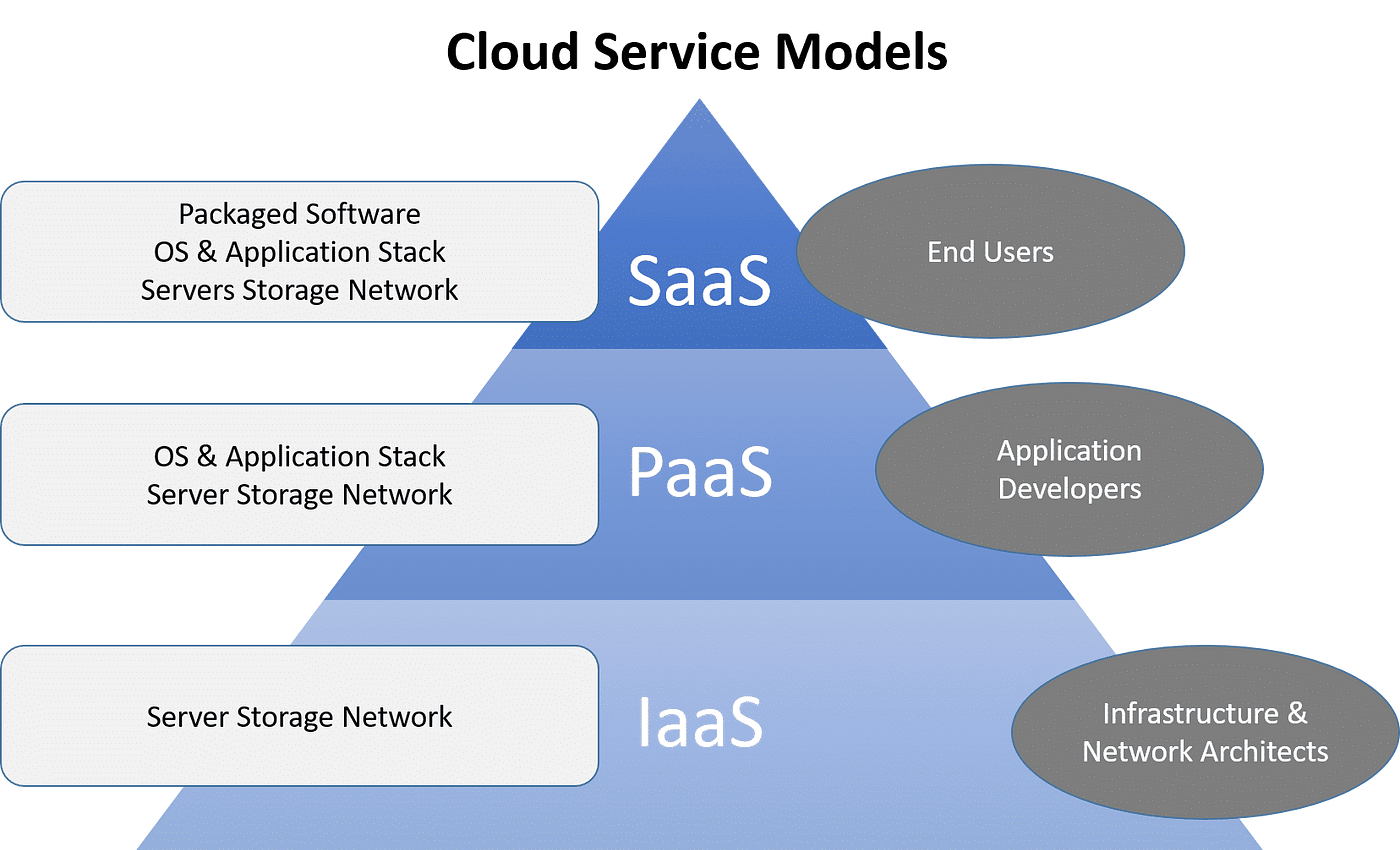LinkDaddy Cloud Services Introduced: Specialist Methods for Cloud Services Press Release Quality
LinkDaddy Cloud Services Introduced: Specialist Methods for Cloud Services Press Release Quality
Blog Article
Simplify Your Infrastructure With Cloud Services
As businesses navigate the ever-evolving landscape of modern technology and data administration, the function of cloud solutions in simplifying facilities has actually become progressively noticeable. How can services properly navigate this transition and absolutely unlock the possibility of cloud solutions for streamlining their framework?
Benefits of Cloud Solutions
Cloud solutions supply a streamlined technique to managing IT framework, giving services with cost-efficiency, adaptability, and scalability. One of the key benefits of cloud solutions is the scalability they provide.
Additionally, cloud solutions remove the need for organizations to spend in expensive software and hardware. This cost-efficiency is a significant advantage, particularly for little to medium-sized business looking to lessen in advance expenses. By utilizing cloud solutions, companies can access premium IT sources without the large rate tag connected with standard infrastructure arrangements.
Moreover, cloud services provide companies with the adaptability to access their information and applications from anywhere with a net connection. This degree of access enhances collaboration among teams, allows remote work, and raises general efficiency. The flexibility supplied by cloud solutions encourages businesses to adjust quickly to altering market problems and consumer needs.
Cost Savings and Scalability
In enhancement to the functional benefits highlighted earlier, the integration of cloud services into a firm's infrastructure yields substantial cost savings and enhanced scalability. Cloud services provide a pay-as-you-go model, enabling organizations to scale resources up or down based upon current requirements, thus staying clear of the costs connected with keeping excess ability. This versatility allows firms to adapt rapidly to varying needs without incurring unneeded costs.
Moreover, cloud solutions eliminate the demand for in advance investments in software and hardware, minimizing capital investment. Operating costs are likewise minimized as firms no more need to manage and keep physical servers, bring about reduced power intake and IT staffing costs. Additionally, cloud solutions supply automated updates and upkeep, ensuring that the infrastructure remains protected and updated without needing hands-on treatments.
Improved Safety Procedures
When incorporating cloud solutions into a firm's facilities to safeguard delicate data and make certain conformity with market regulations,Carrying out rigorous safety measures is paramount. Cloud provider provide boosted protection functions such as information file encryption, firewall software defense, and multi-factor authentication to mitigate cybersecurity risks. Security aids protect data both at rest and en route, ensuring that just licensed users can access sensitive information. Firewalls act as an obstacle between exterior risks and interior networks, surveillance and managing incoming and outgoing network website traffic. Multi-factor verification includes an added layer of security by calling for customers to offer several kinds of confirmation prior to accessing the cloud solutions.
In addition, routine safety audits and conformity evaluations aid ensure and recognize susceptabilities adherence to sector standards. Firms can also benefit from attributes like computerized safety and security updates and real-time risk monitoring provided by cloud provider. By prioritizing safety steps and staying proactive in addressing prospective risks, businesses can with confidence take advantage of cloud services while securing their useful data from unauthorized gain access to or breaches.
Transitioning to Cloud Framework
To successfully integrate cloud solutions right into a firm's facilities, a structured approach that attends to the change towards go right here cloud-based services is imperative. Transitioning to shadow infrastructure includes careful preparation and execution to ensure a smooth migration procedure. The initial step is to analyze the current framework and identify which systems and applications appropriate for migration to the cloud. This examination should think about aspects such as data level of sensitivity, conformity needs, and efficiency demands.
When the evaluation is complete, a migration method ought to be established. This method must describe the timeline, resources, and duties for moving each component to the cloud. It is vital to connect this strategy plainly to all stakeholders to make certain positioning and reduce interruptions during the transition.
During the migration tracking, process and testing are important to identify and resolve any kind of issues without delay. Routine checkpoints should be established to track progress and make necessary adjustments. Furthermore, training for employees on using cloud services ought to be provided to ensure an effective change and maximize the advantages of the brand-new infrastructure.
Ideal Practices for Cloud Adoption
Successful fostering of cloud solutions pivots on the tactical placement of company purposes with technological abilities and organizational preparedness. To make sure a smooth transition to the cloud, companies need to start by conducting a detailed evaluation of their current infrastructure and recognizing which workloads are best suited for cloud movement. It is vital to involve essential stakeholders from various divisions in the decision-making process to gain buy-in and deal with any kind of worries early.
An additional finest method for cloud fostering is to focus on protection our website and compliance. Organizations has to meticulously assess the safety and security actions offered by cloud company and make sure that their information is safeguarded according to sector standards and regulatory requirements. Implementing durable data encryption, accessibility controls, and regular safety audits can assist mitigate dangers connected with cloud adoption.

Final Thought
As businesses browse the ever-evolving landscape of innovation and data management, the role of cloud solutions in streamlining facilities has actually ended up being progressively prominent - cloud services press release. How can companies properly navigate this shift and really unlock the capacity of cloud solutions for streamlining their infrastructure?
Cloud solutions offer a streamlined method to handling IT facilities, giving businesses with cost-efficiency, scalability, and adaptability. By making use of cloud services, organizations can access top notch IT sources without the substantial rate tag connected with traditional infrastructure arrangements.
To make sure a smooth transition link to the cloud, organizations need to start by performing an extensive assessment of their present framework and identifying which workloads are best fit for cloud movement.
Report this page